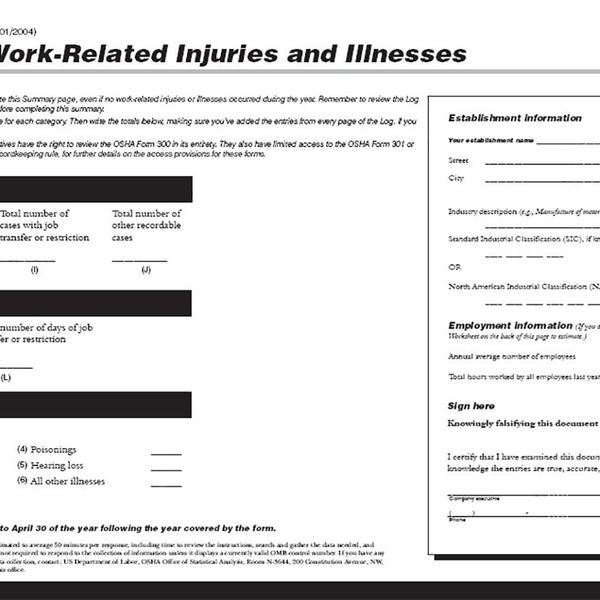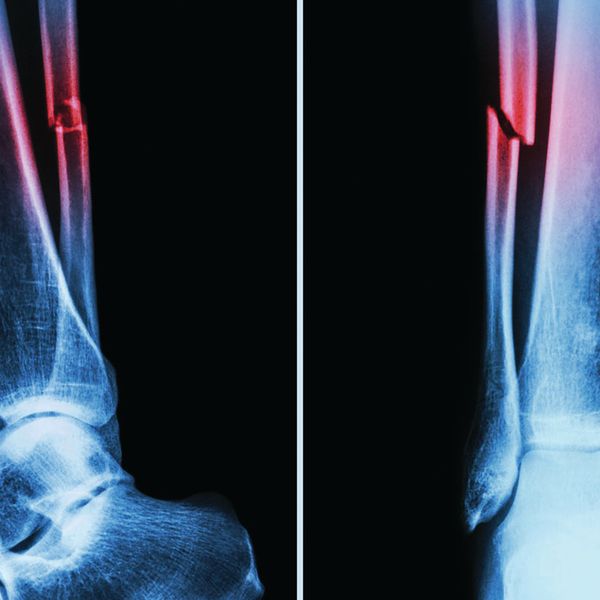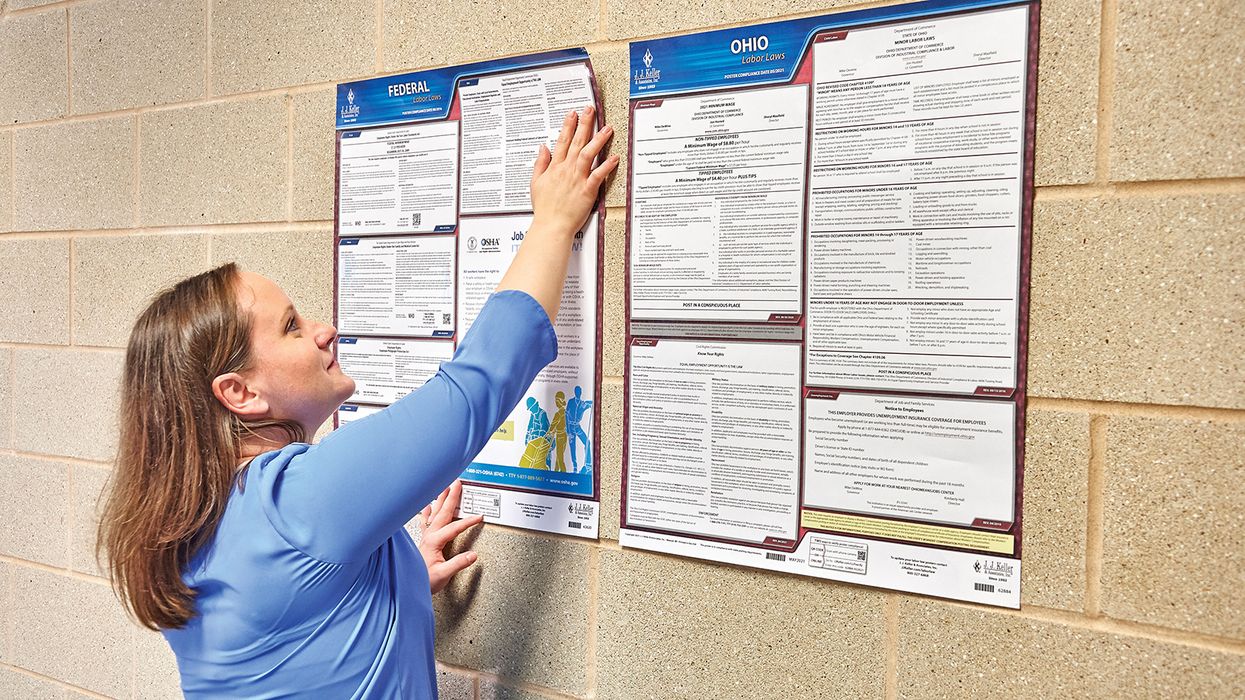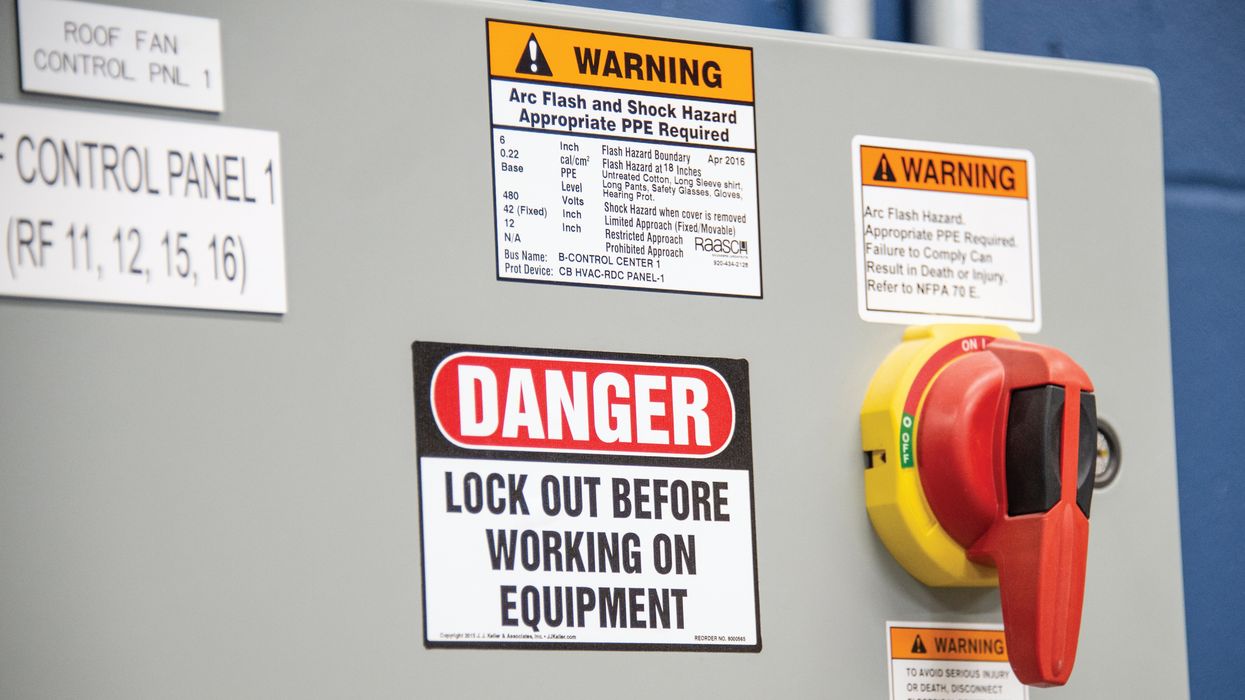5 common recordkeeping mistakes — and how to fix them
With the recordkeeping year at the midway point, it’s important to ensure your injury and illness logs are complete and accurate. While most of the time injury and illness recordkeeping is straightforward, there are several areas that employers still wrestle with.
Are you making any of the following mistakes?
Mistake #1: Not keeping Logs for all your covered establishments
Covered employers must keep a separate 300 Log for each establishment that is expected to be in business for one year or longer. This means that each of your locations must keep track of the work-related injuries and illness that occur there, unless the location is partially exempt from recordkeeping as a low-hazard industry.
For employees who work remotely or have jobs where they never report to a fixed location, you must “link” these employees to one of your establishments for recordkeeping purposes.
OSHA defines “establishment” as, “a single physical location where business is conducted or where services or industrial operations are performed.” However, there are times when you may combine two or more locations into one establishment for recordkeeping, or when you may wish to separate one location into two or more establishments. Check the regulations for guidance.
Mistake #2: Recording every incident “just to be sure”
Recording every injury, illness, or near miss that occurs in your establishment, even if it does not meet the recordkeeping criteria, is not your best strategy. First, OSHA compliance officers use your incident records to direct their efforts during workplace inspections. Second, every incident you record affects your incidence rates, which in turn can be used to target your business for state and federal inspections. Finally, the higher your incidence rates, the more you may end up paying for insurance.
The solution is to do your due diligence and trust your judgment. If you’re unsure if an injury is recordable, you can read through the regulations, check to see if OSHA has a letter of interpretation on the topic, consult with an expert, or call your local OSHA office. Then document, document, document.
Mistake #3: Relying on your Workers’ Compensation agency
Your Worker’s Compensation carrier denies a claim, saying the case is not work-related. But that doesn’t mean you don’t have to record the case. You need to look at how OSHA defines work-relatedness to make the right call.
OSHA says a case is work-related if an event or exposure in the workplace caused or contributed to the condition, or “significantly aggravated” a pre-existing condition. Basically, you need to consider any injury or illness that occurs in the work environment to be work-related unless a specific exemption listed at 1904.5(b)(2) applies.
If you determine the case is work-related, new, and meets one or more of the general recording criteria, then you must record it.
Mistake #4: Only counting days the employee was scheduled to work
When it comes to counting days away from work or days of restriction or job transfer, employers often get confused, and only count days the employee would have actually worked.
However, OSHA tells you that you must count calendar days, including scheduled vacation days, weekends, and holidays.
But, you do not count the day the injury or illness began.
You may stop the day count at 180 days.
Mistake #5: Recording all recommendations for restricted work
Not all cases of work restrictions meet OSHA’s definition of recordable restricted work activities. You only need to record cases where the restriction affects the worker’s routine functions or keeps the employee from working his or her full workday.
Routine functions are those activities an employee performs at least once per week. For example, if a physician tells the employee not to lift more than 30 pounds, and the employee never lifts more than 20 pounds on the job, that is not a recordable work restriction because lifting 30 pounds is not a routine function of the job.


































































